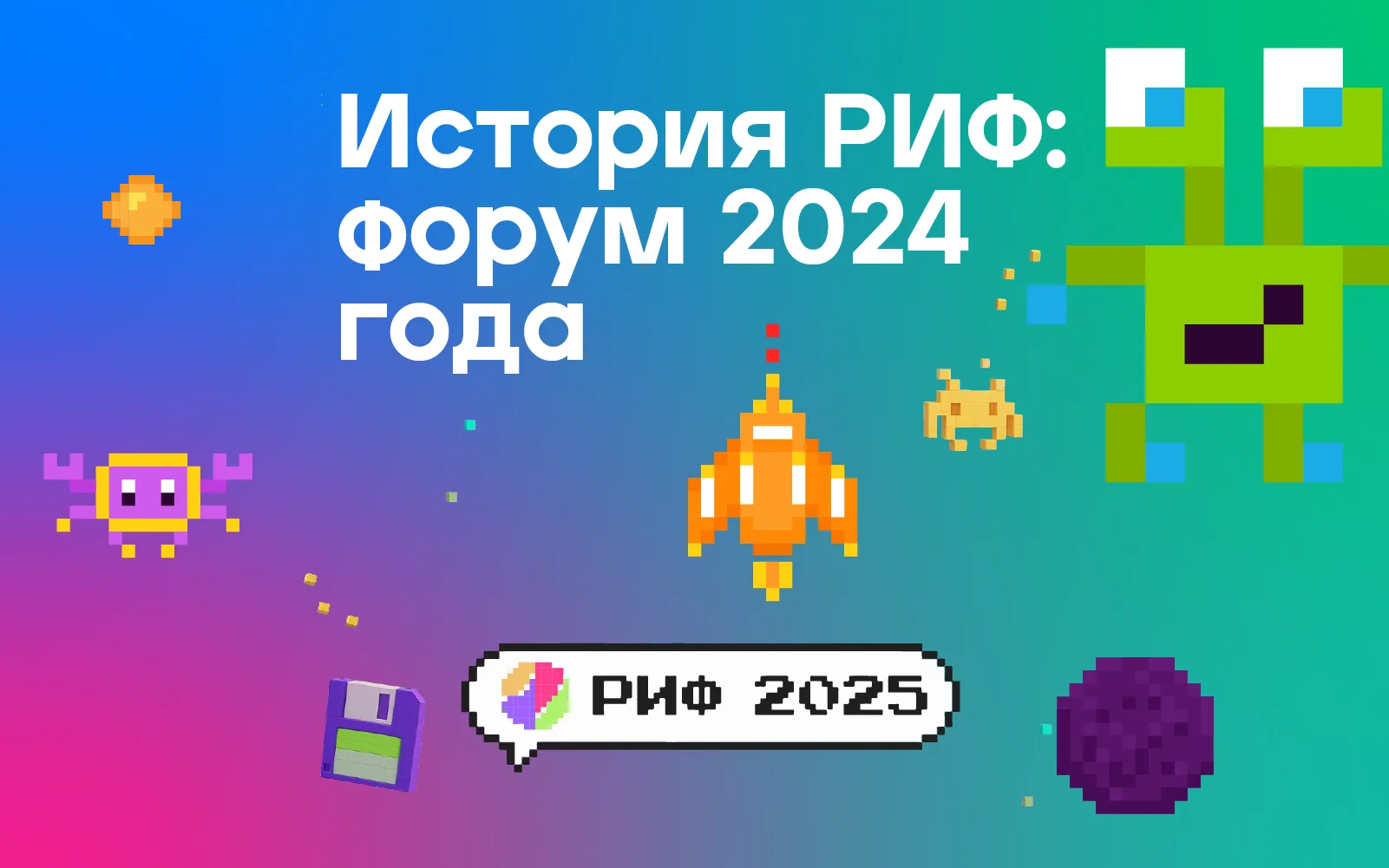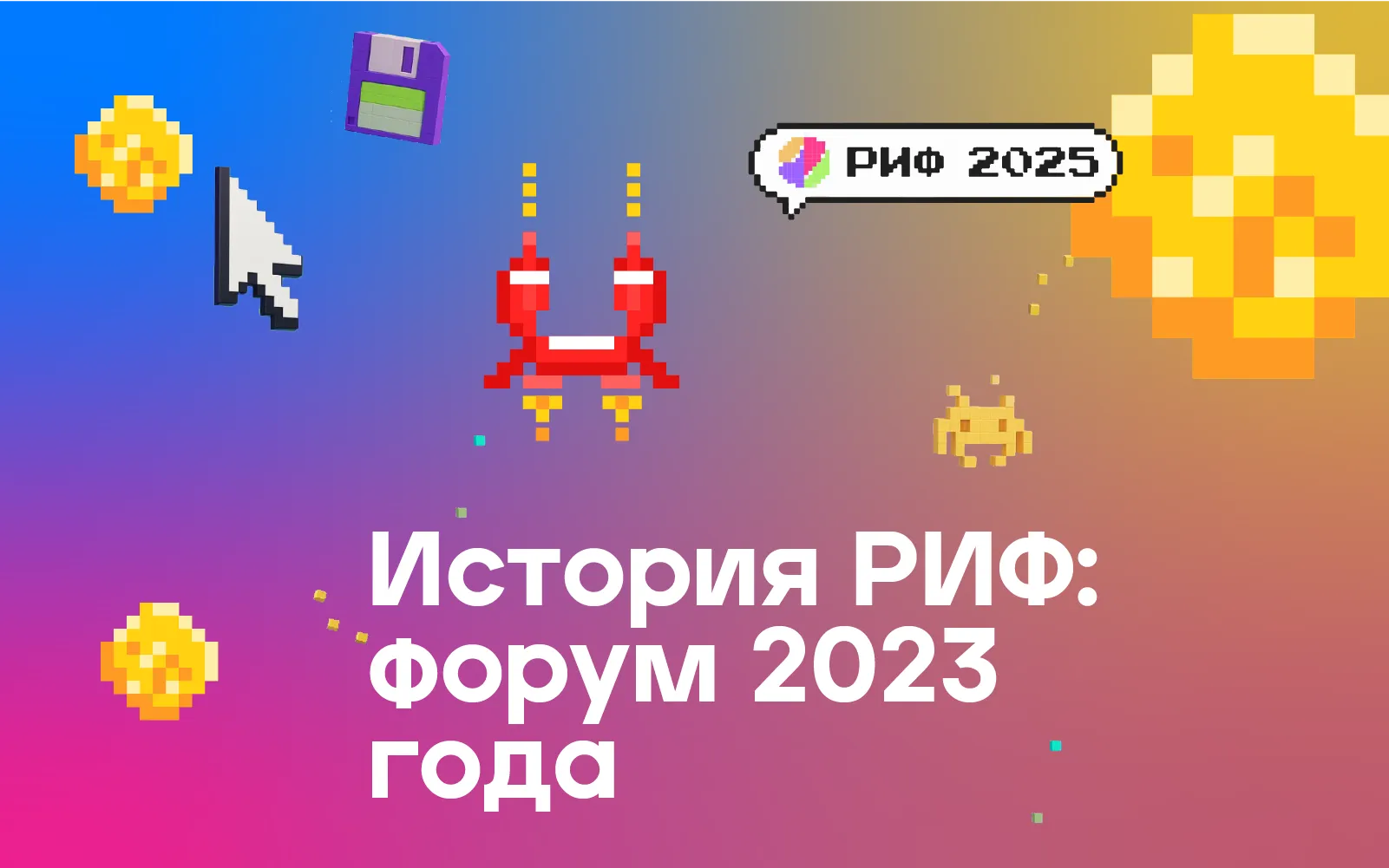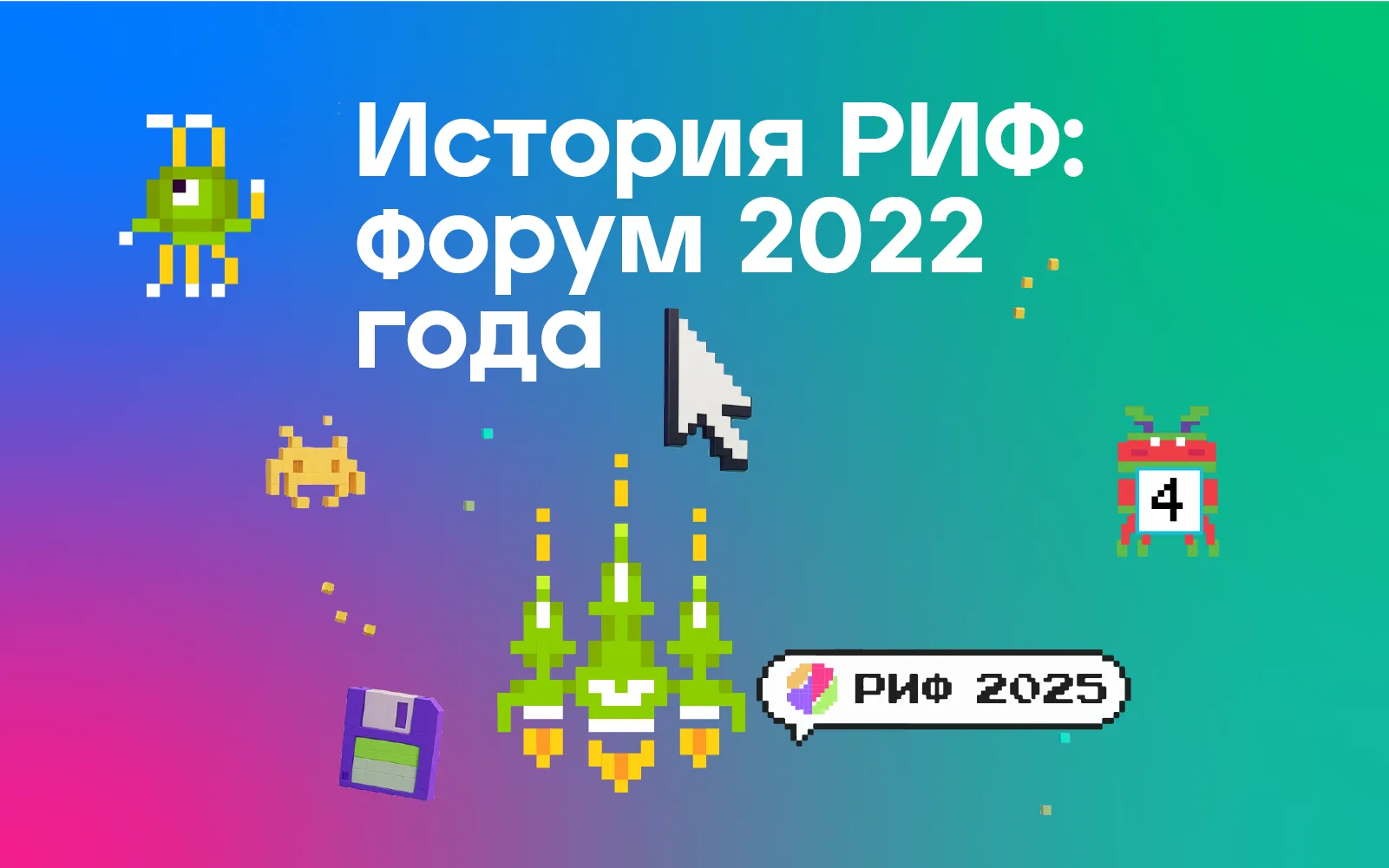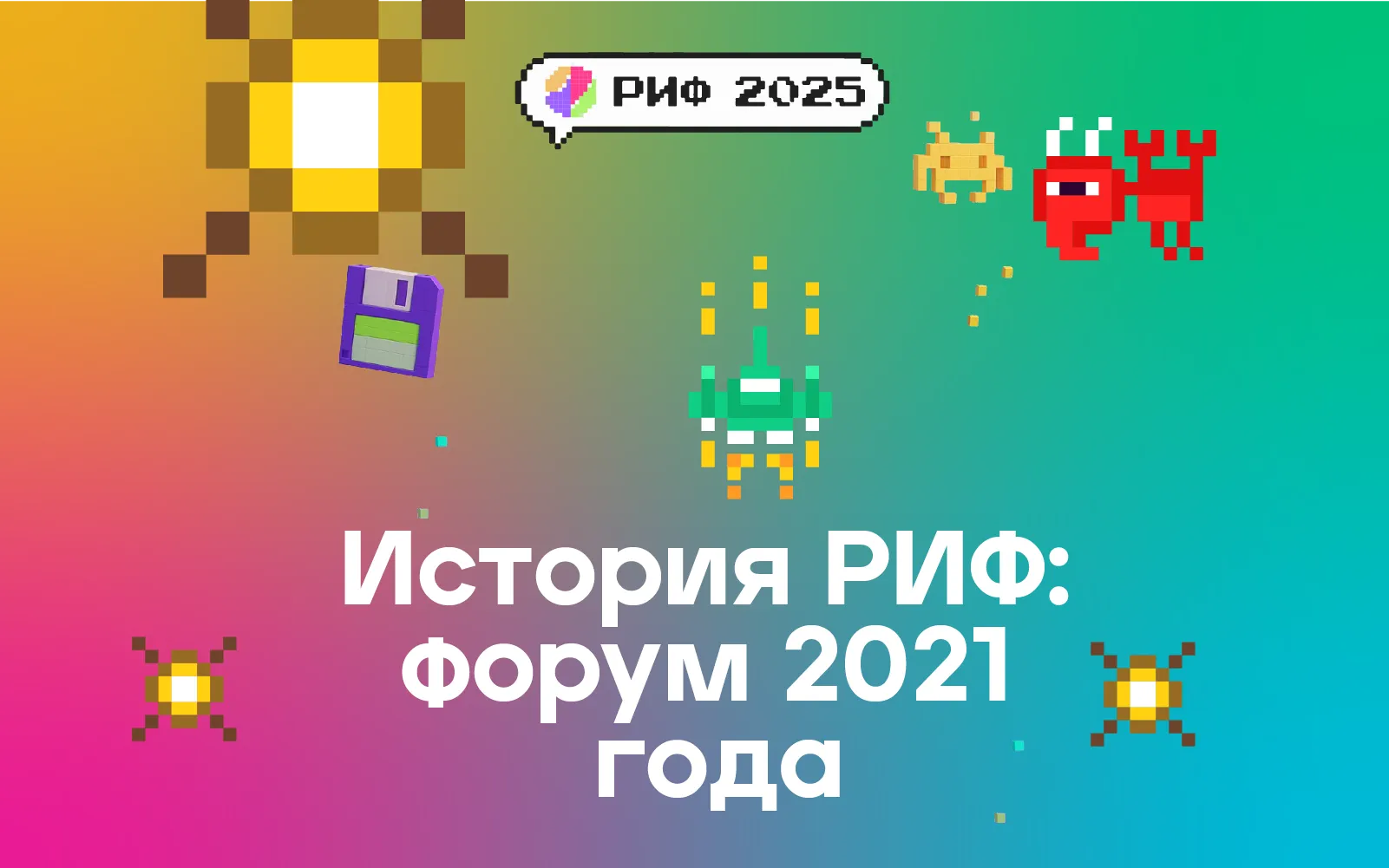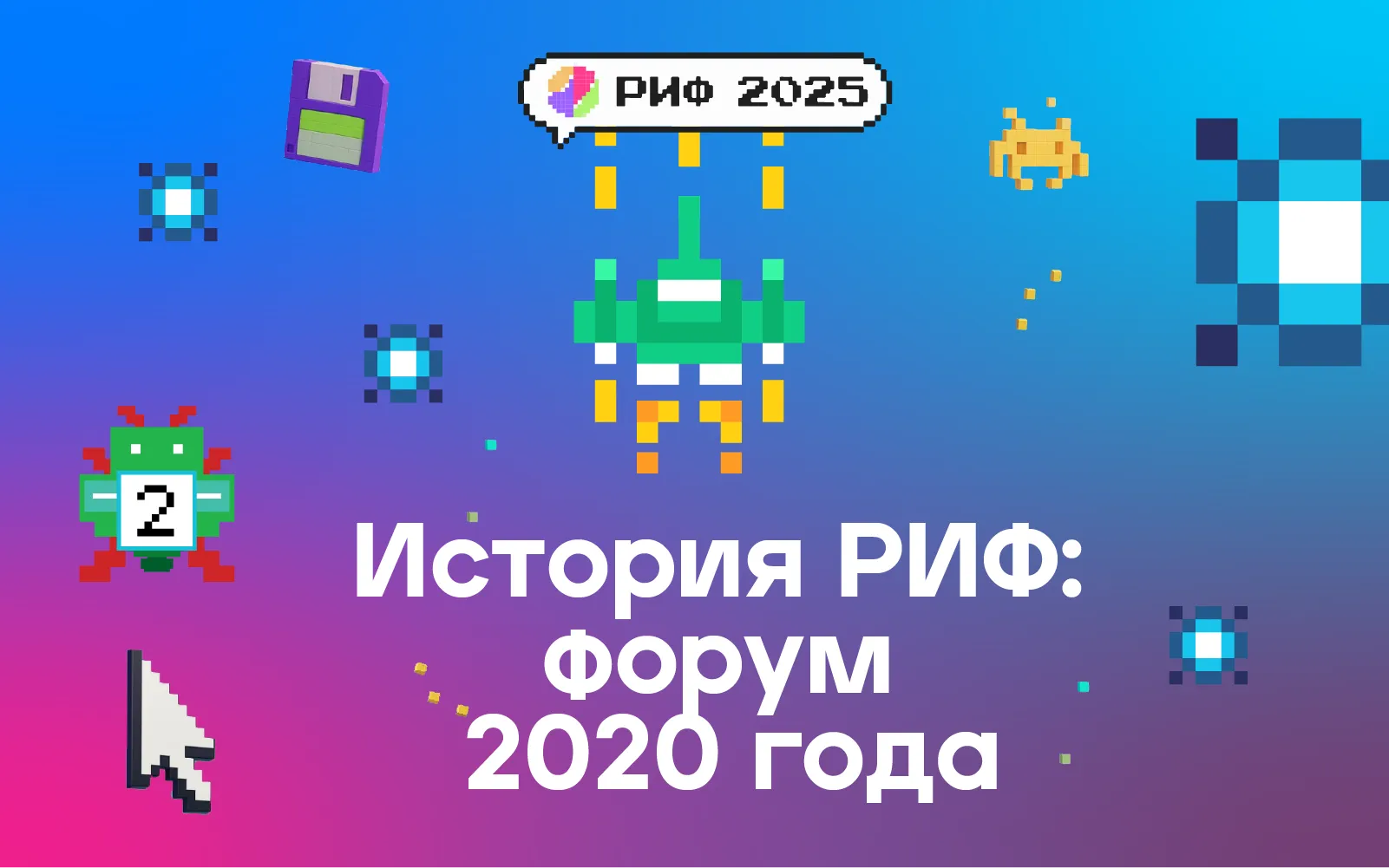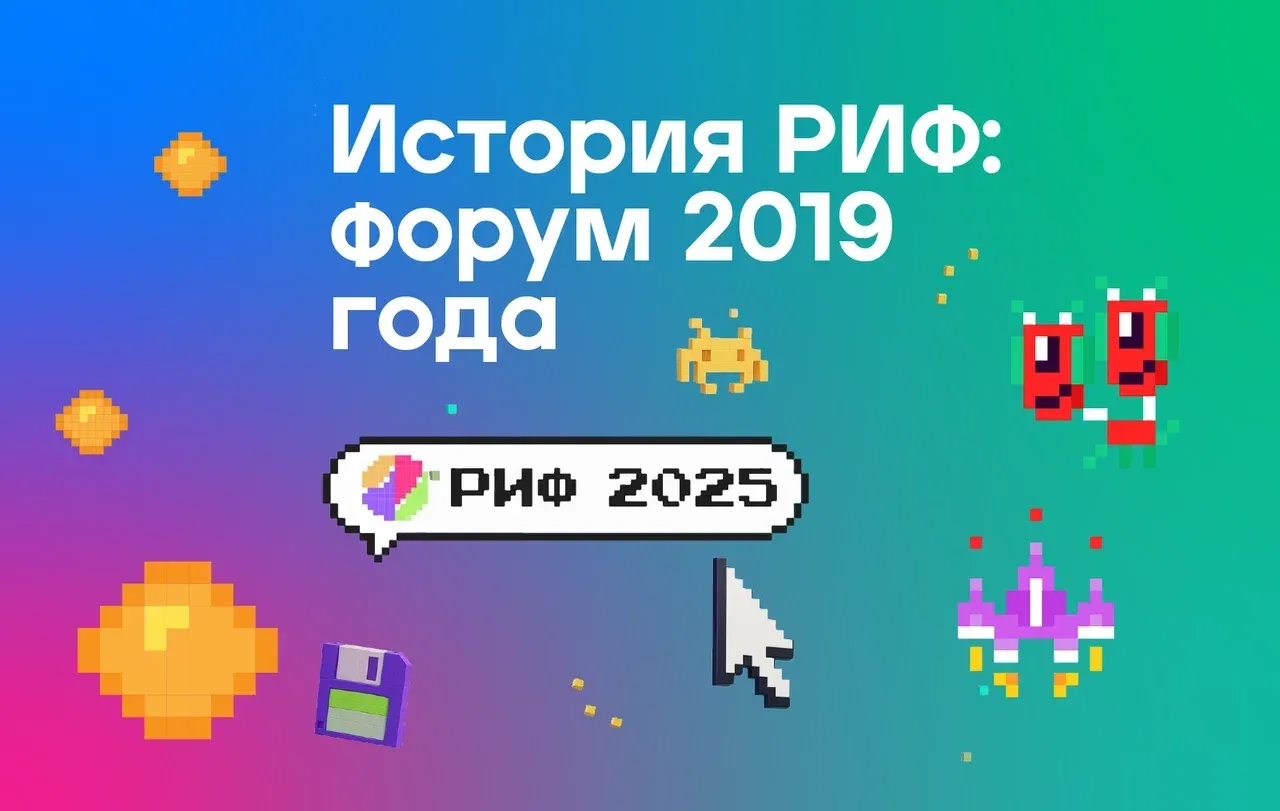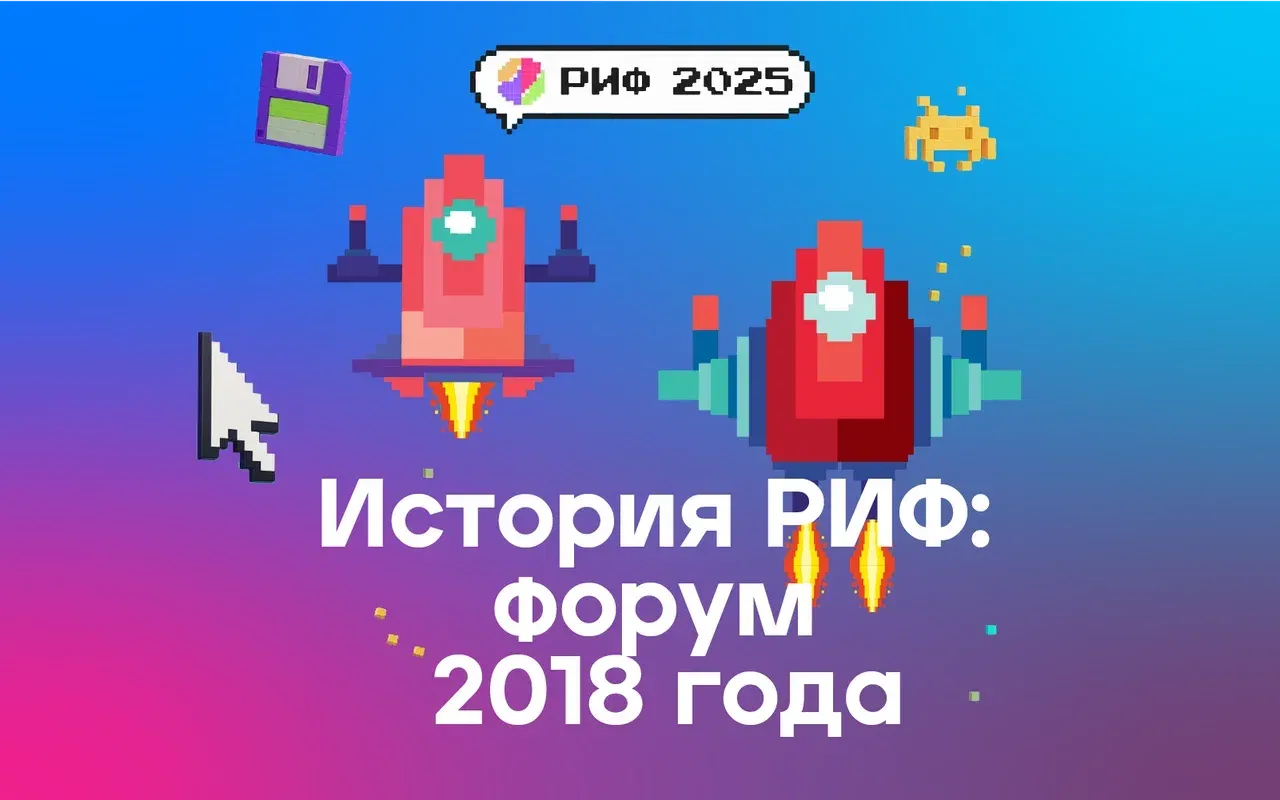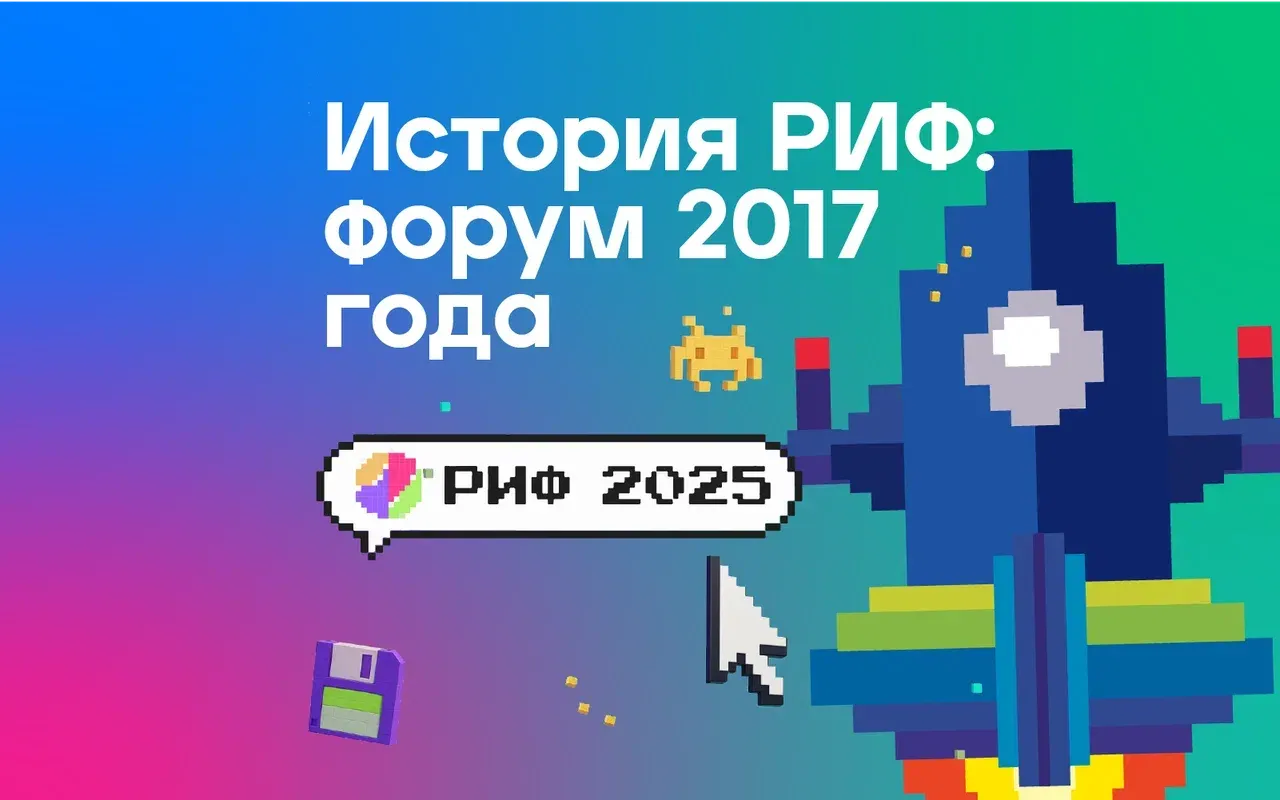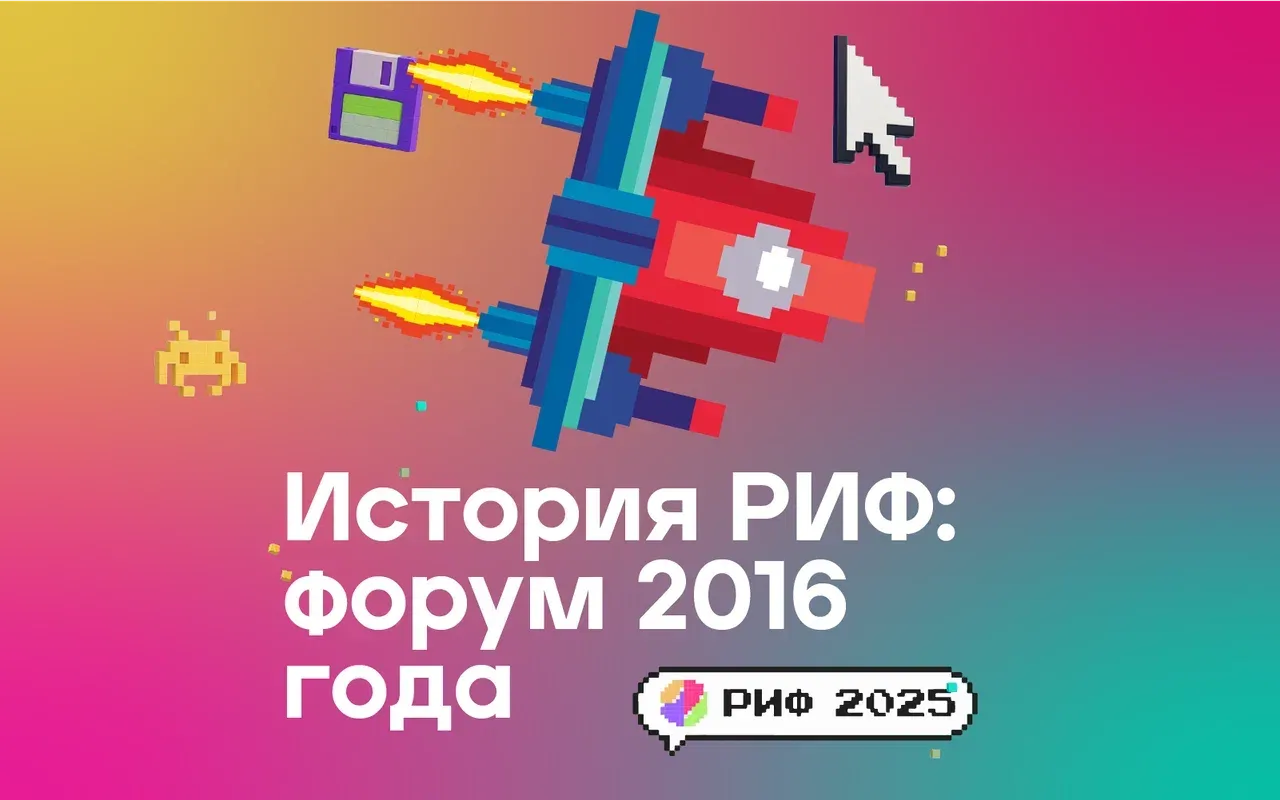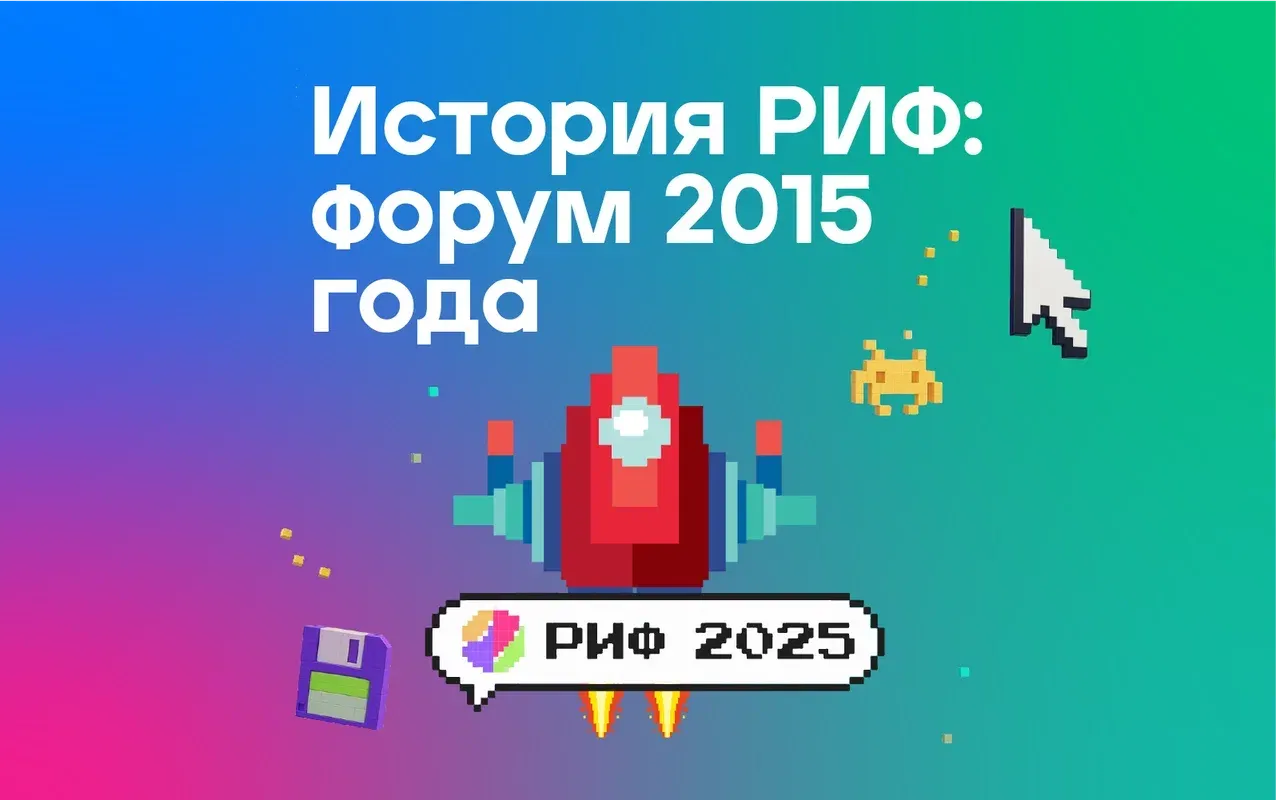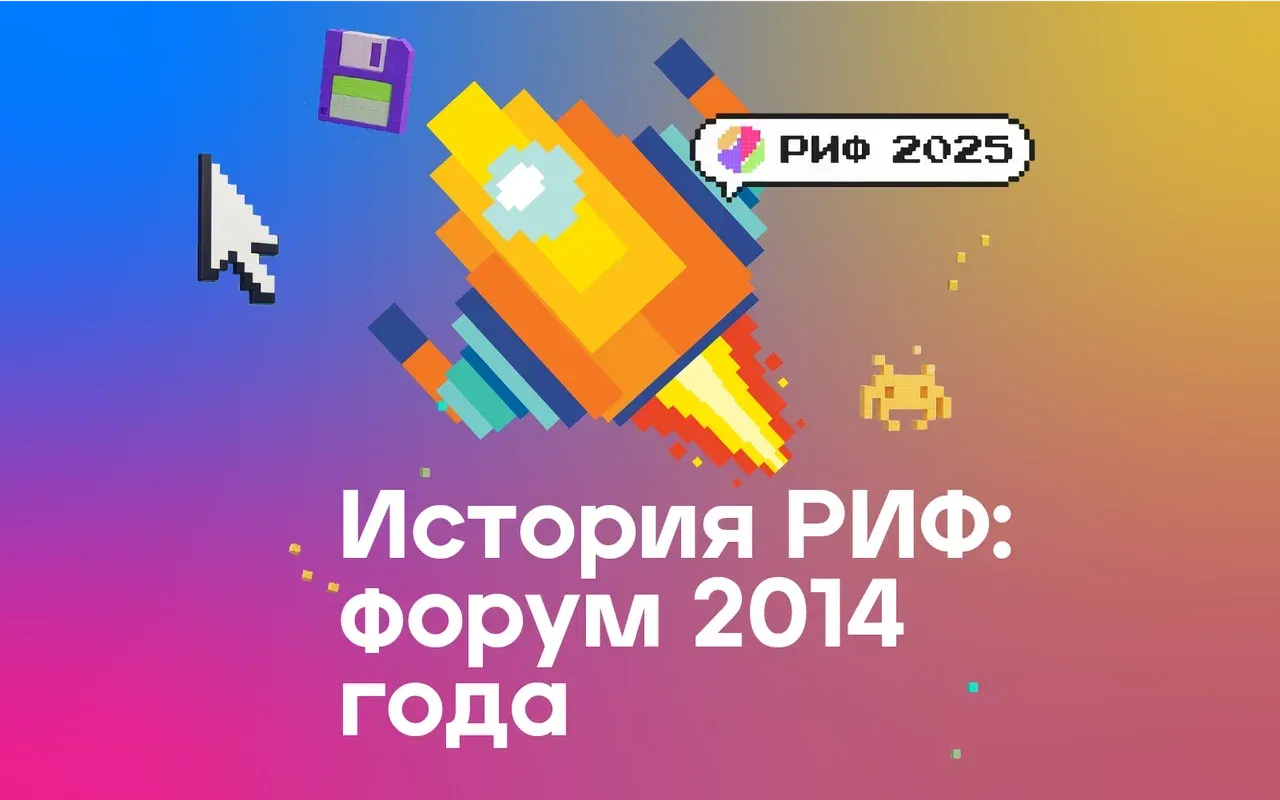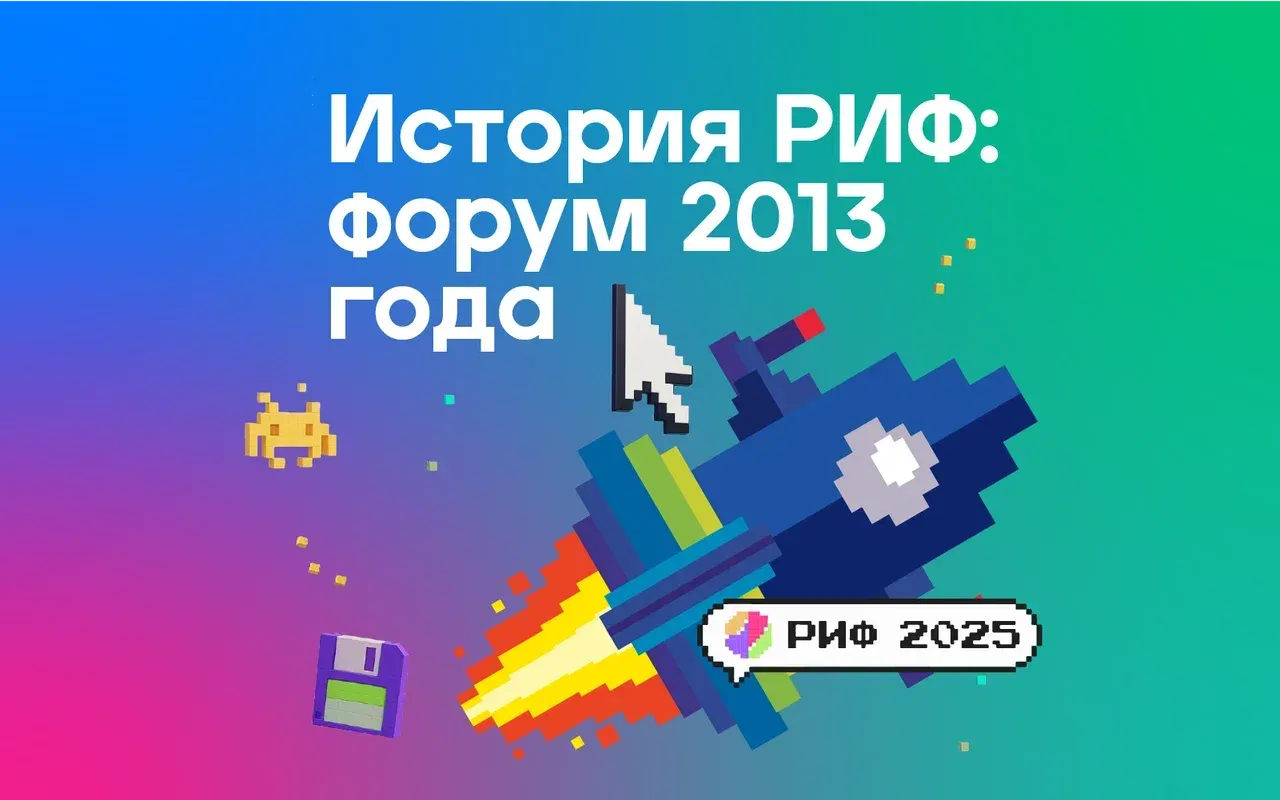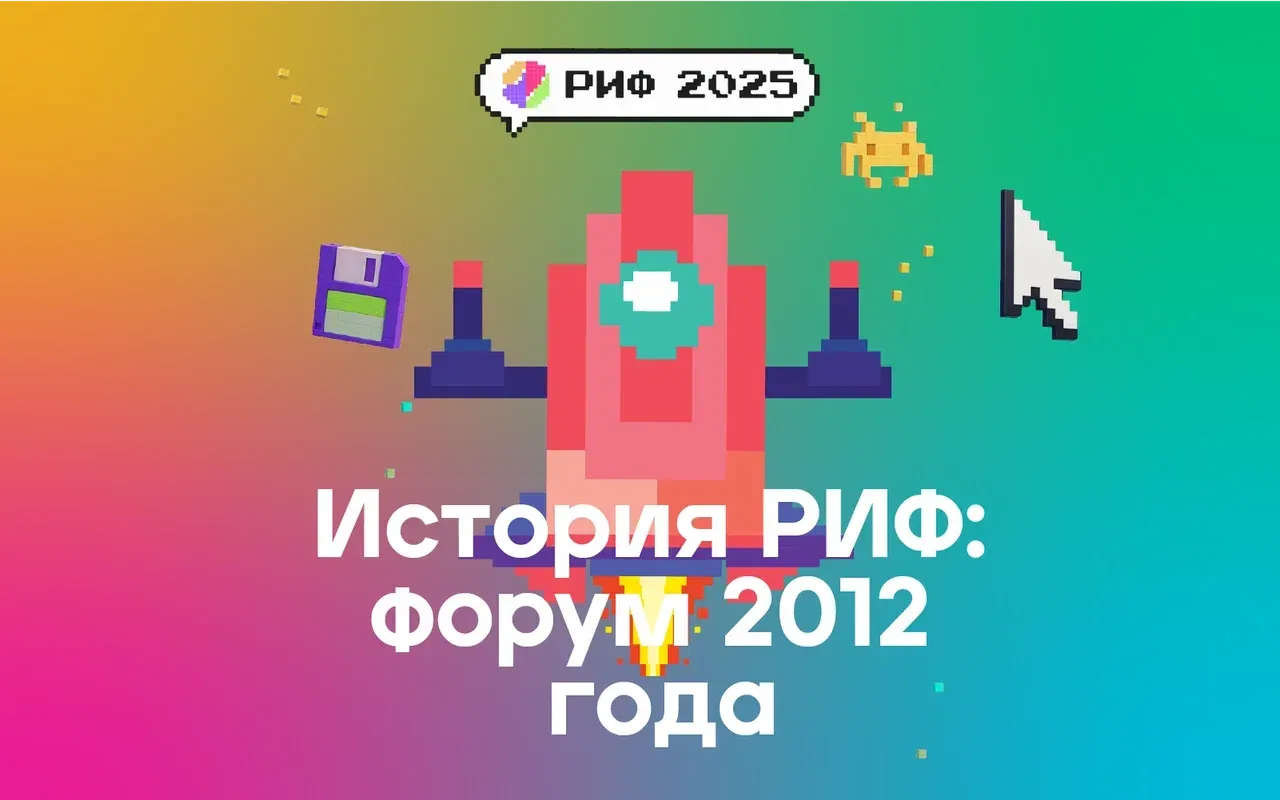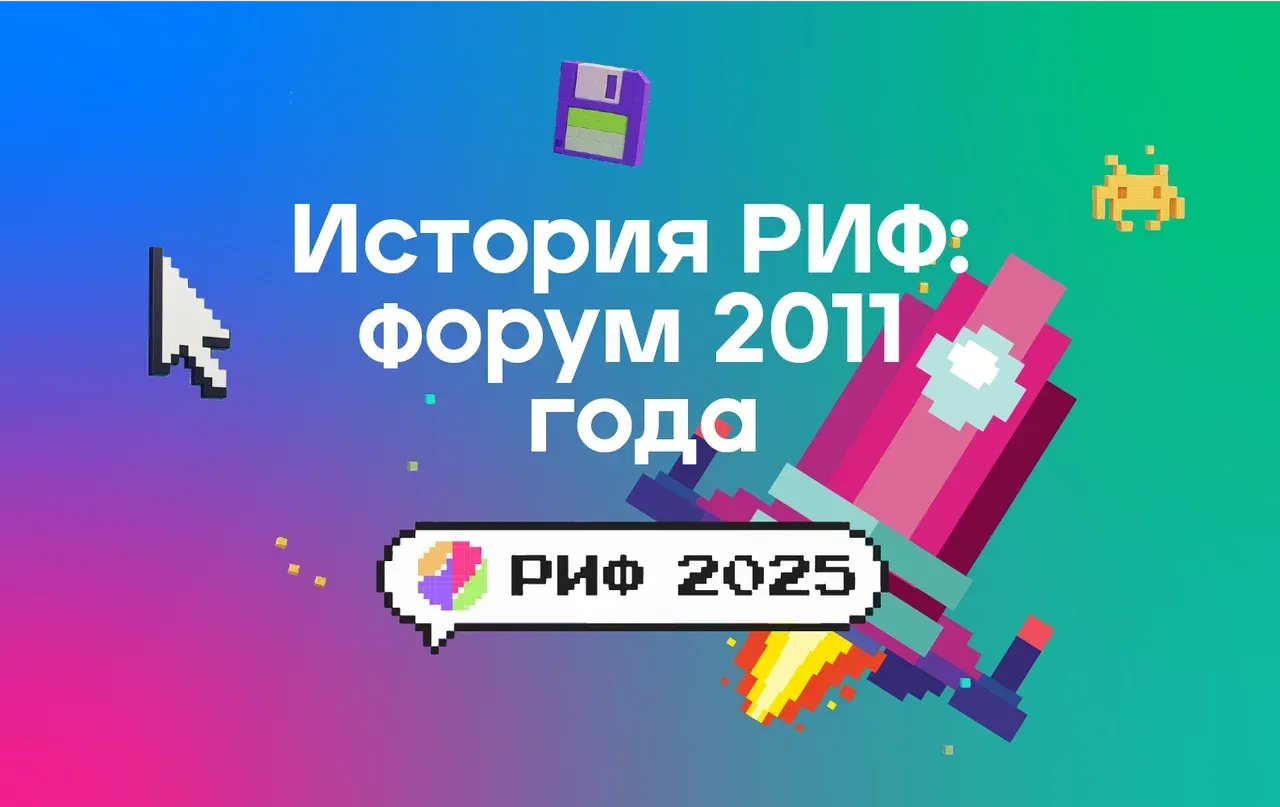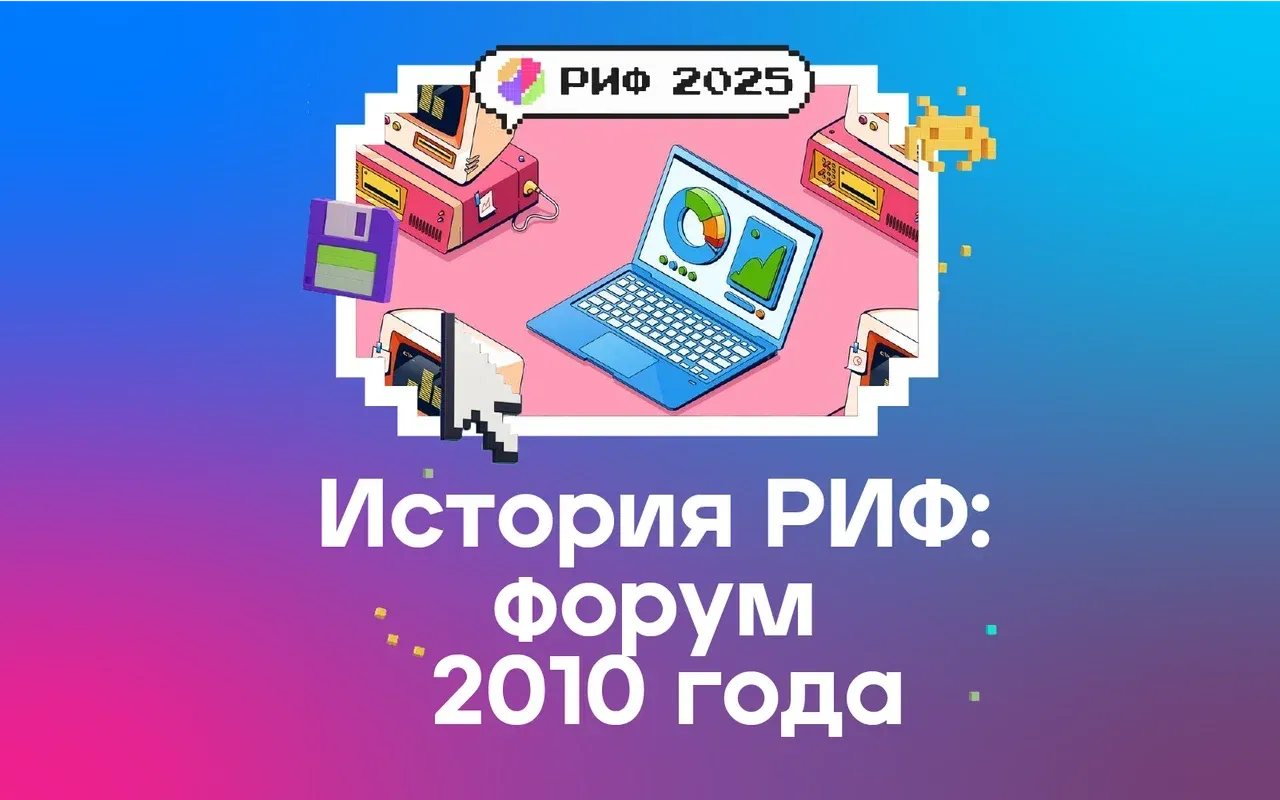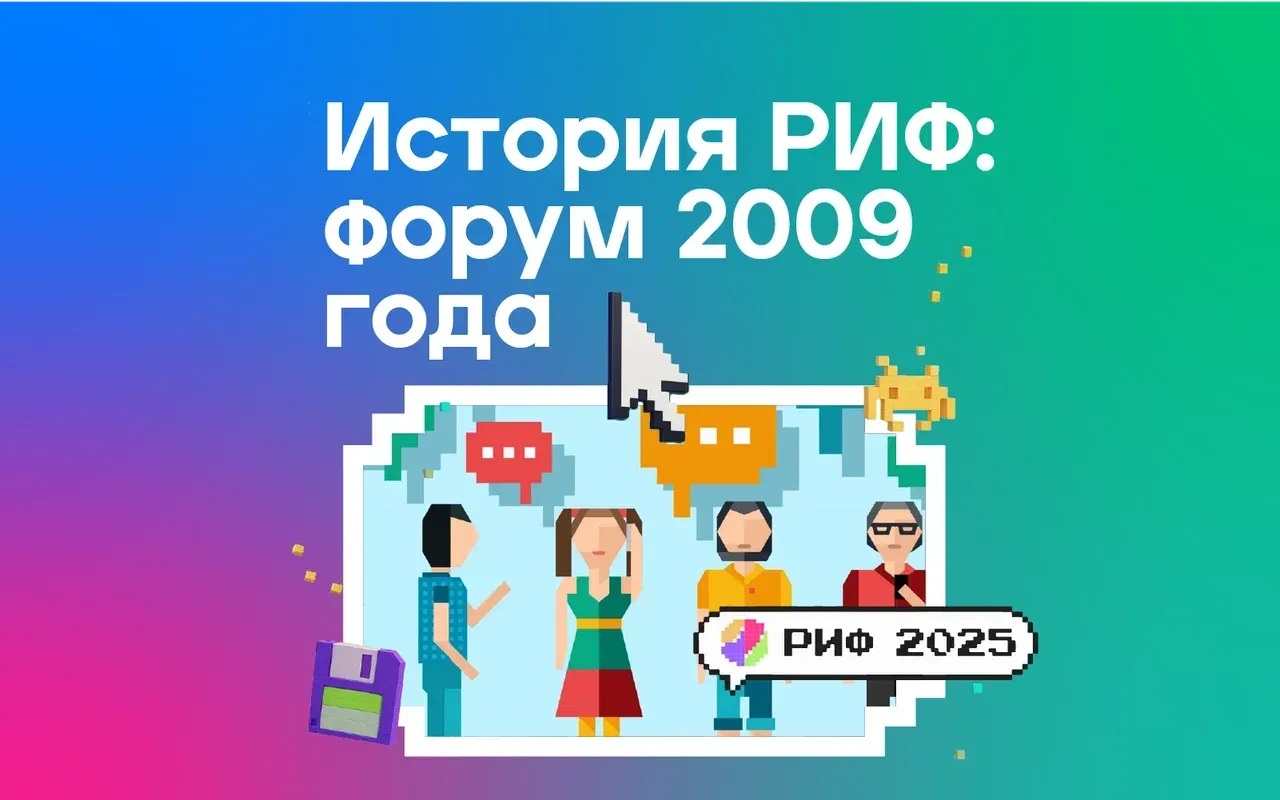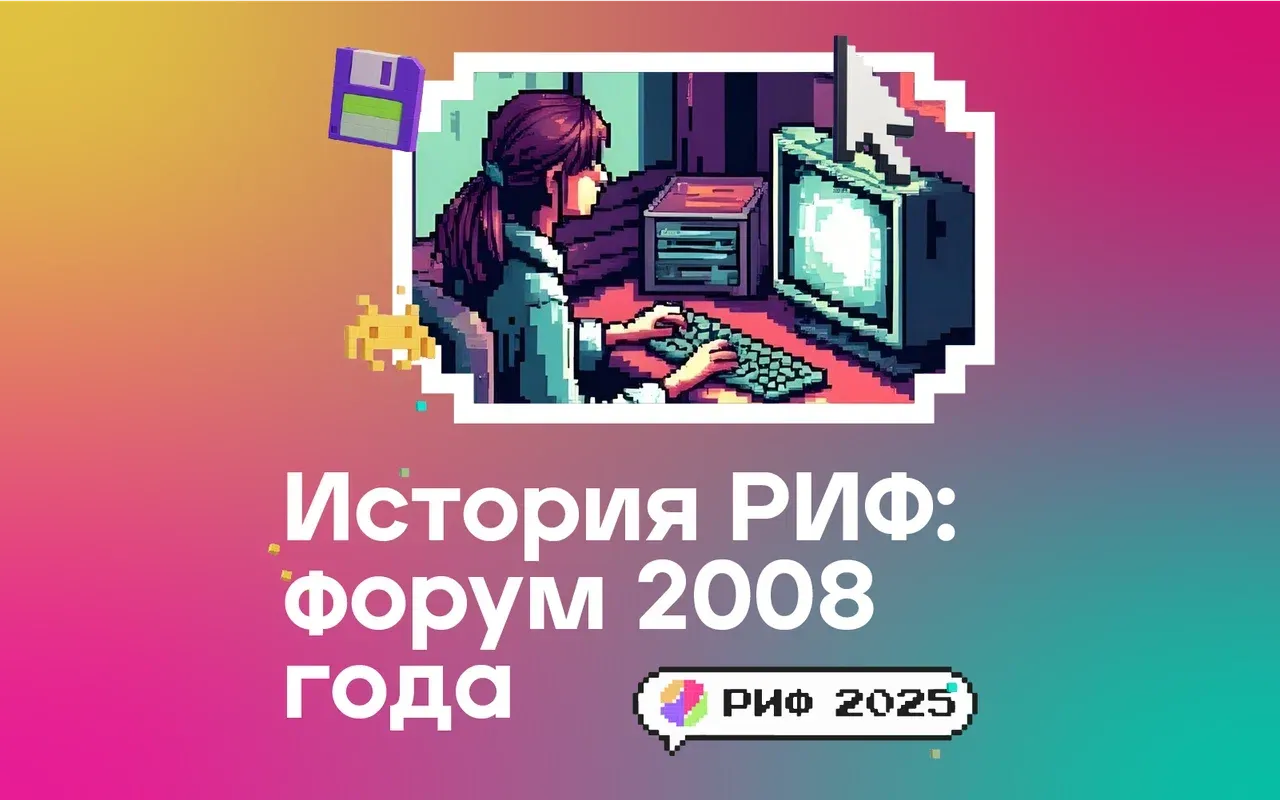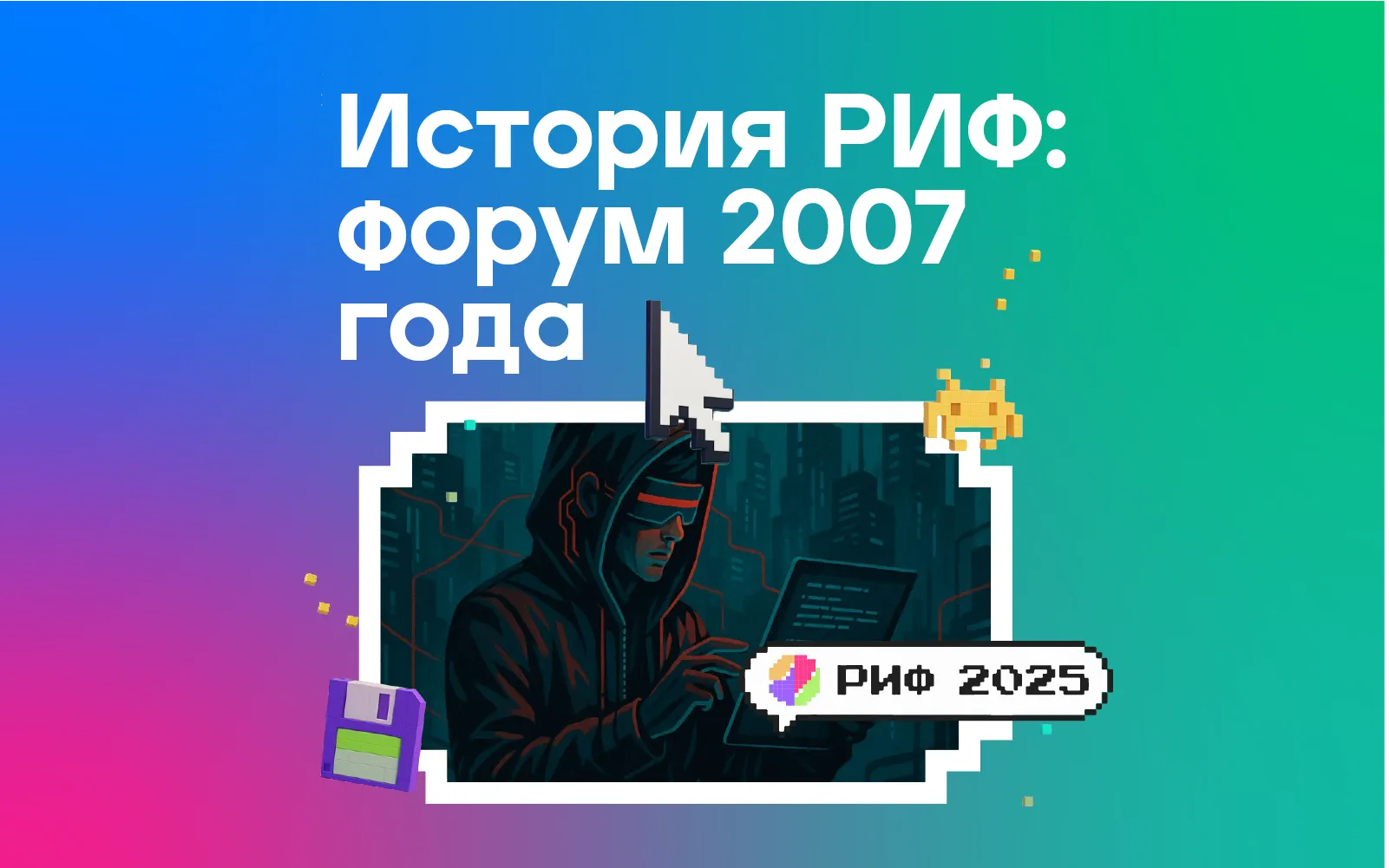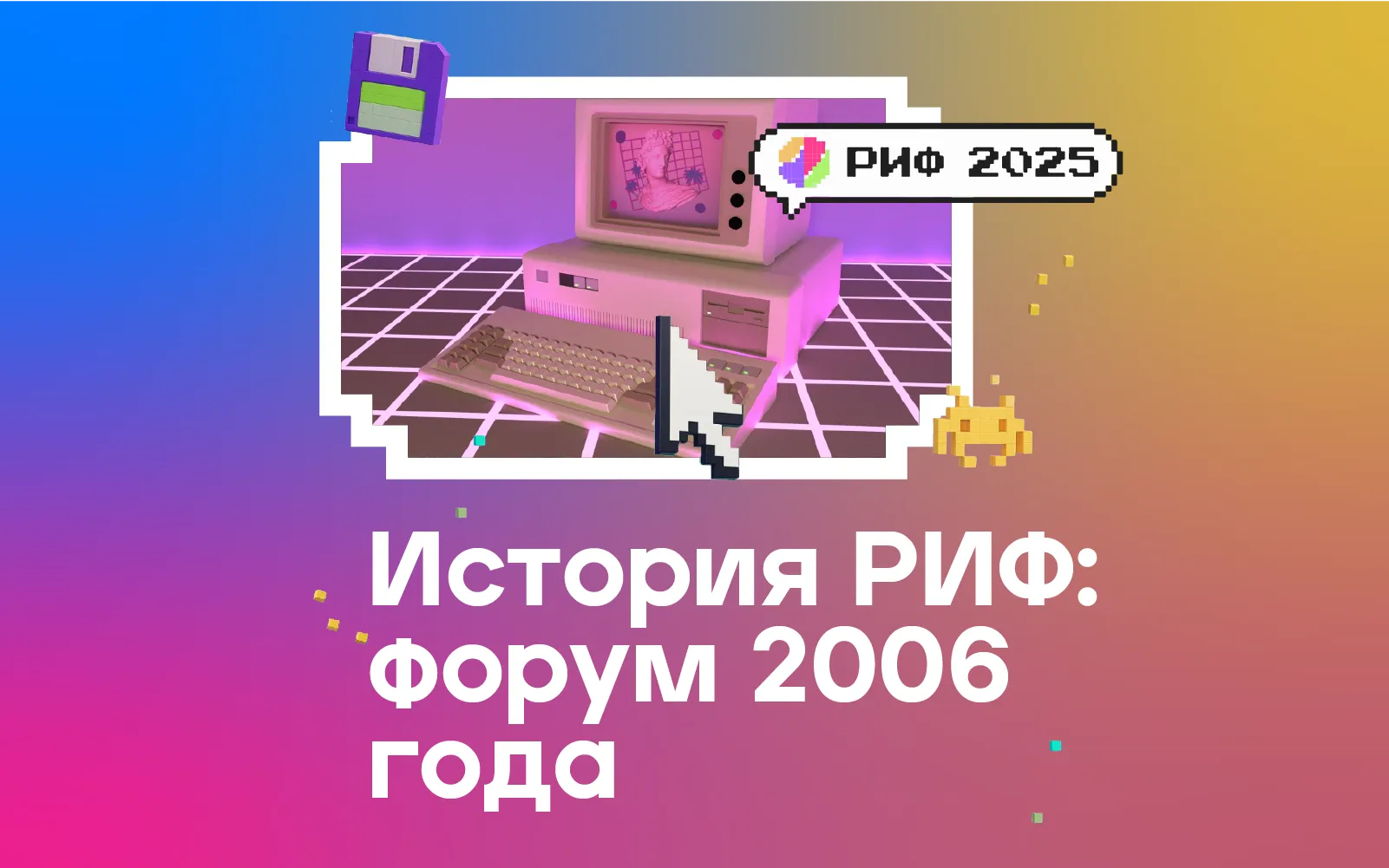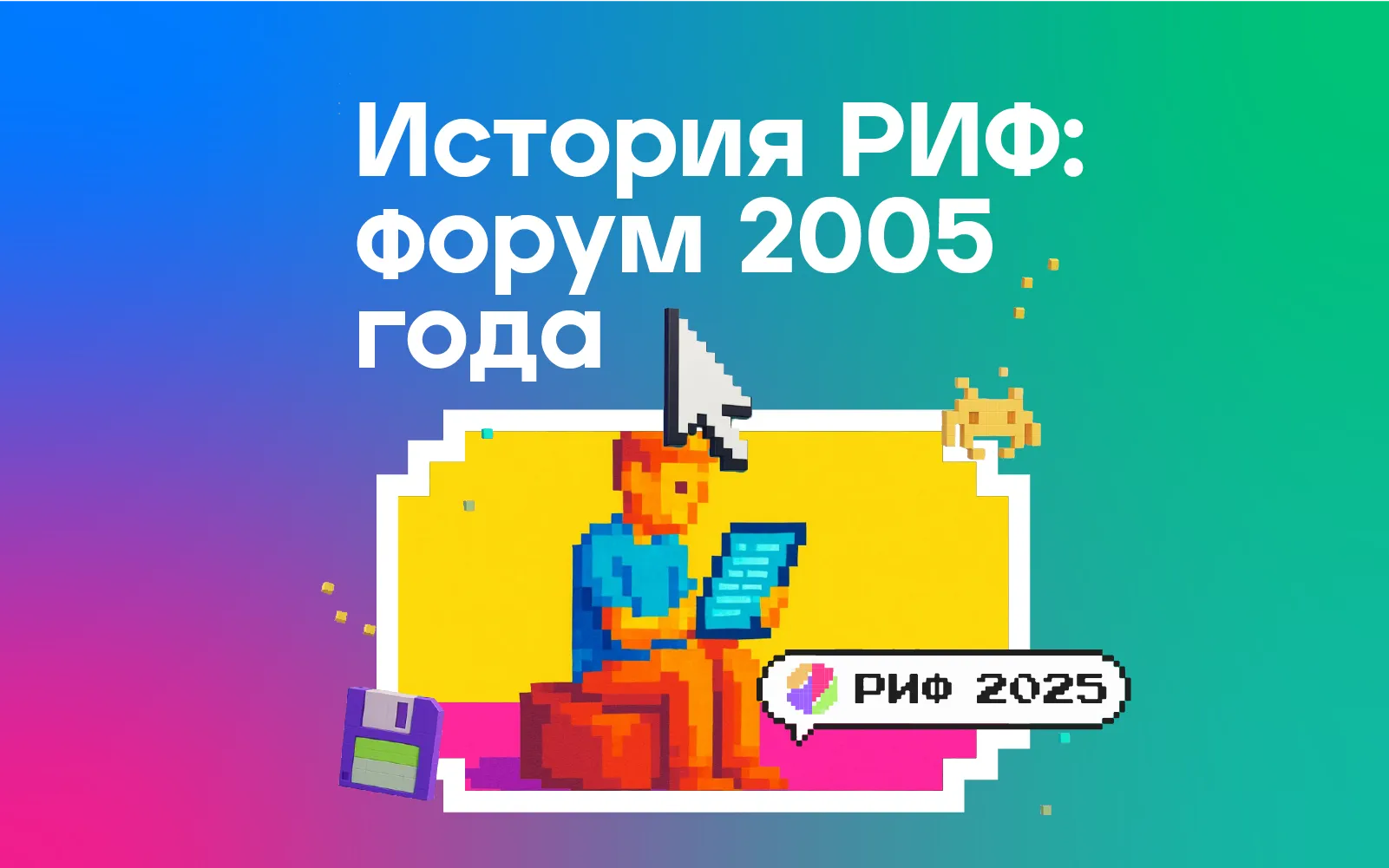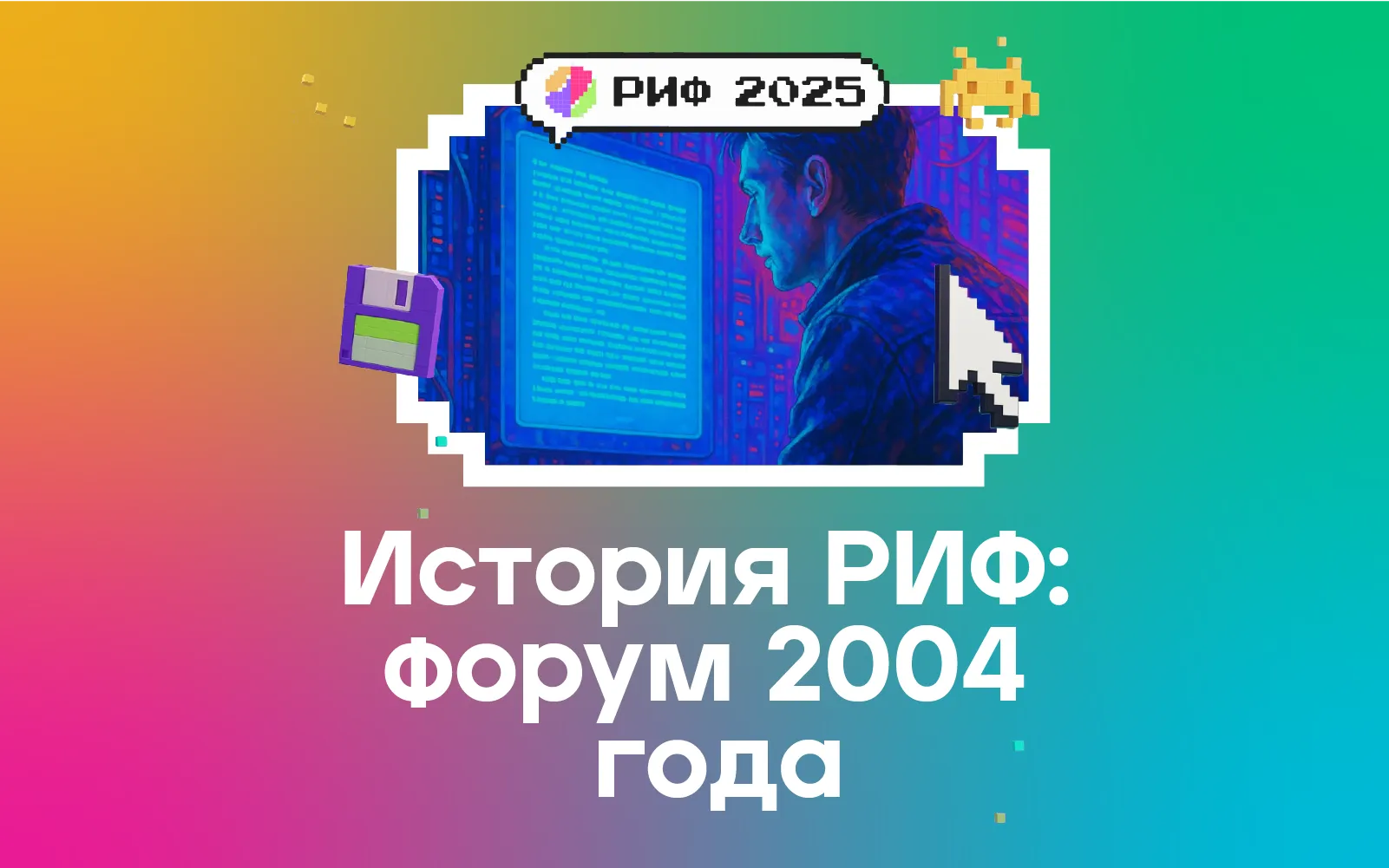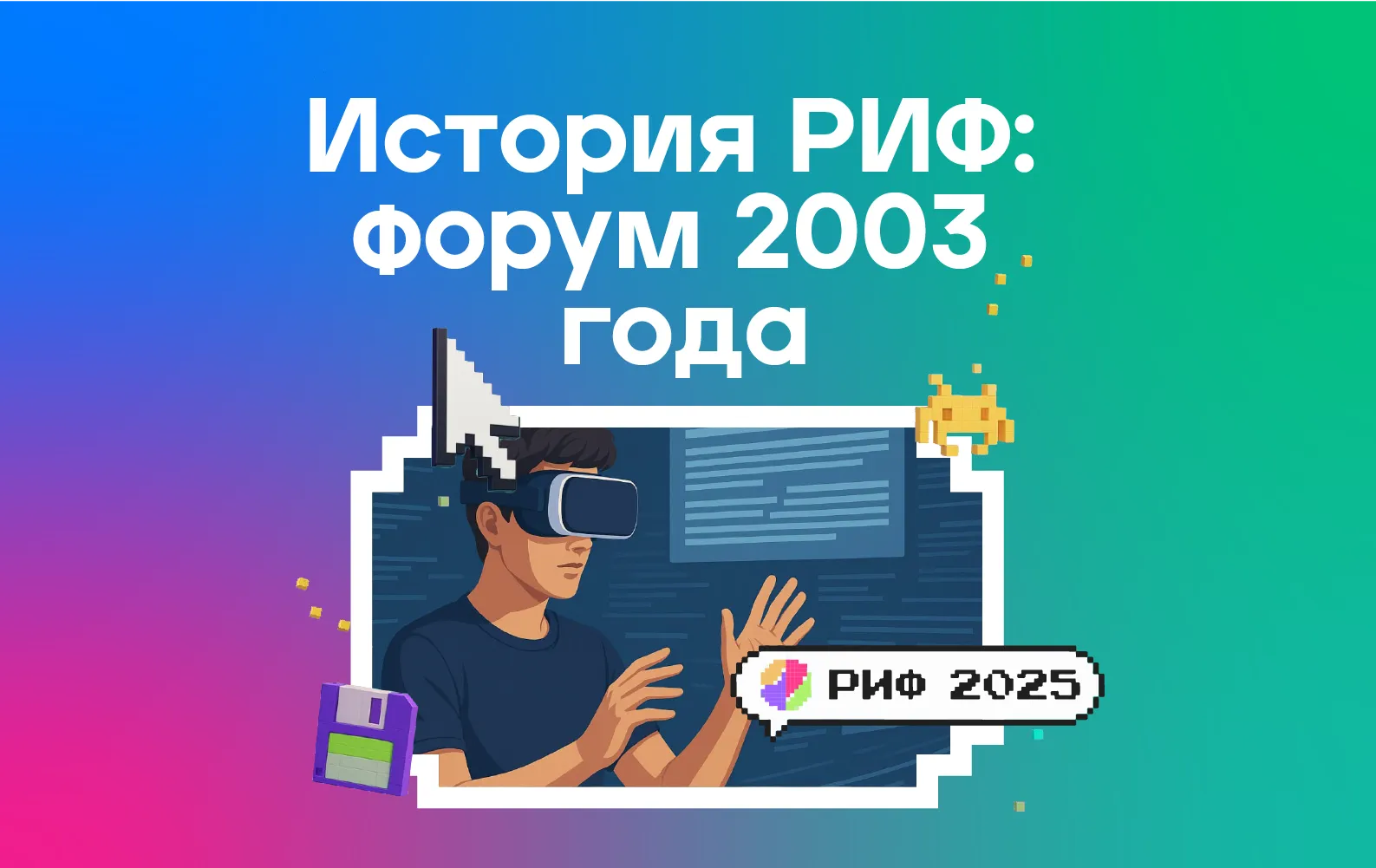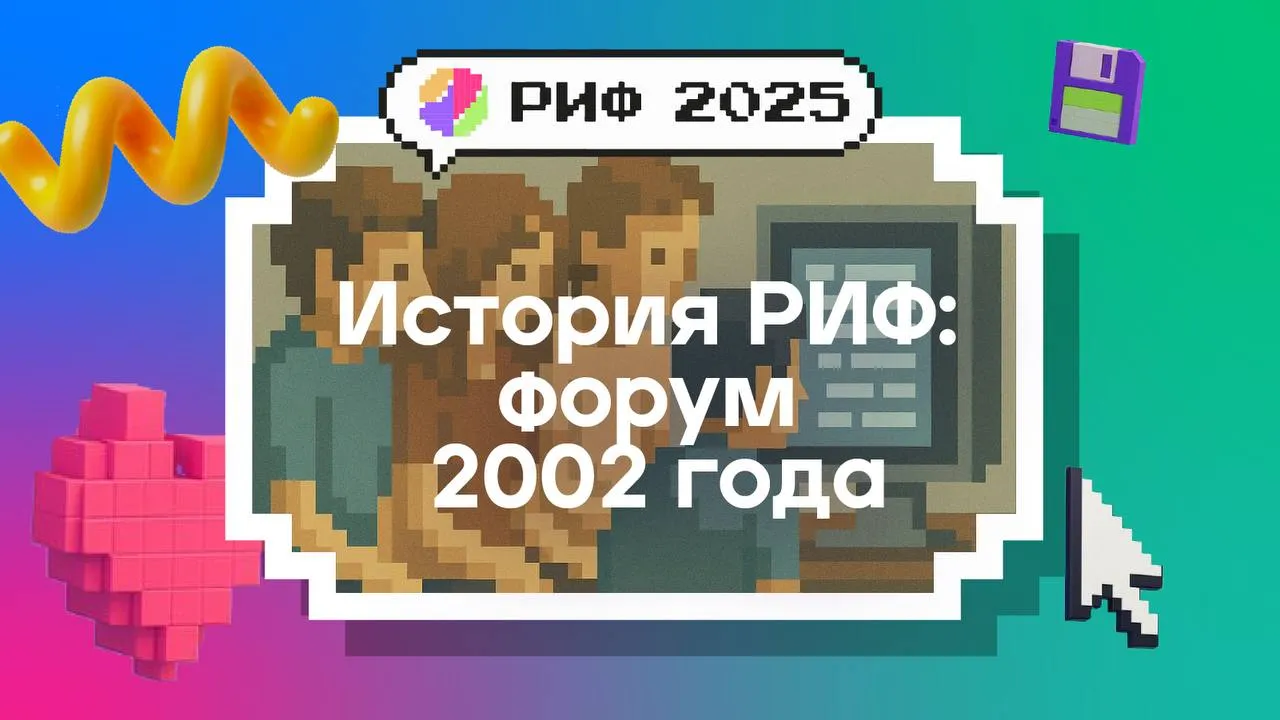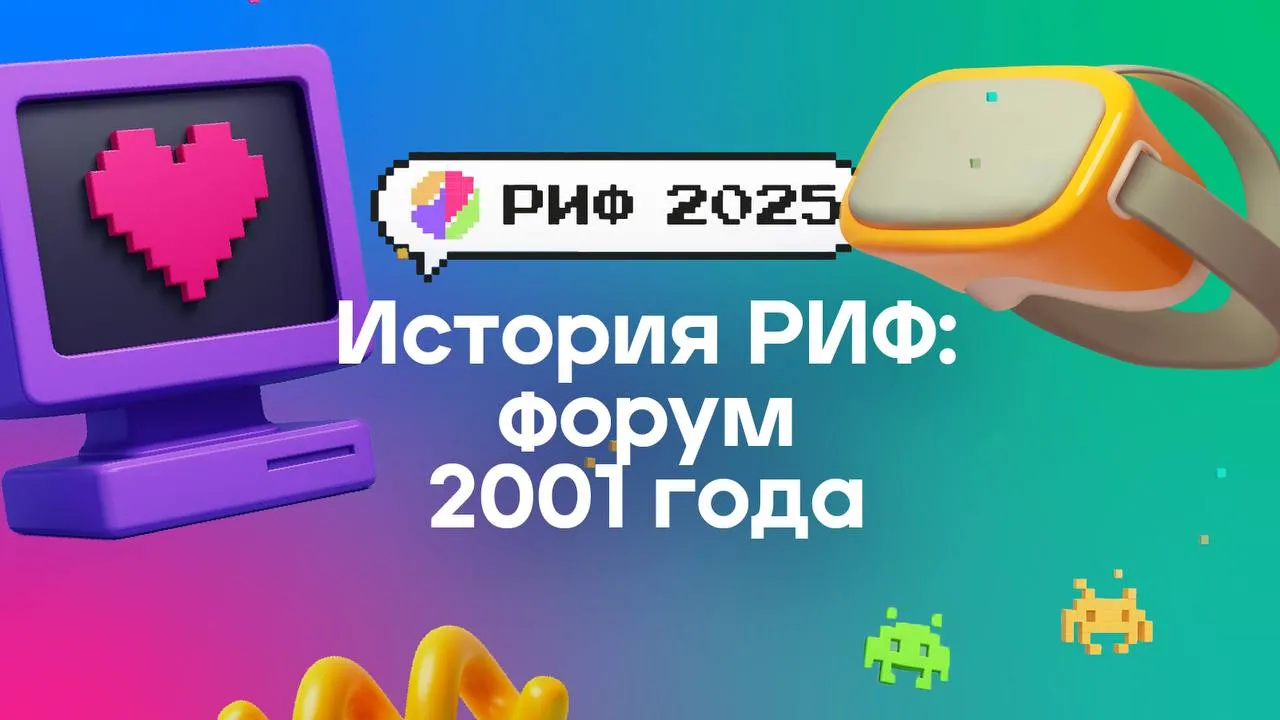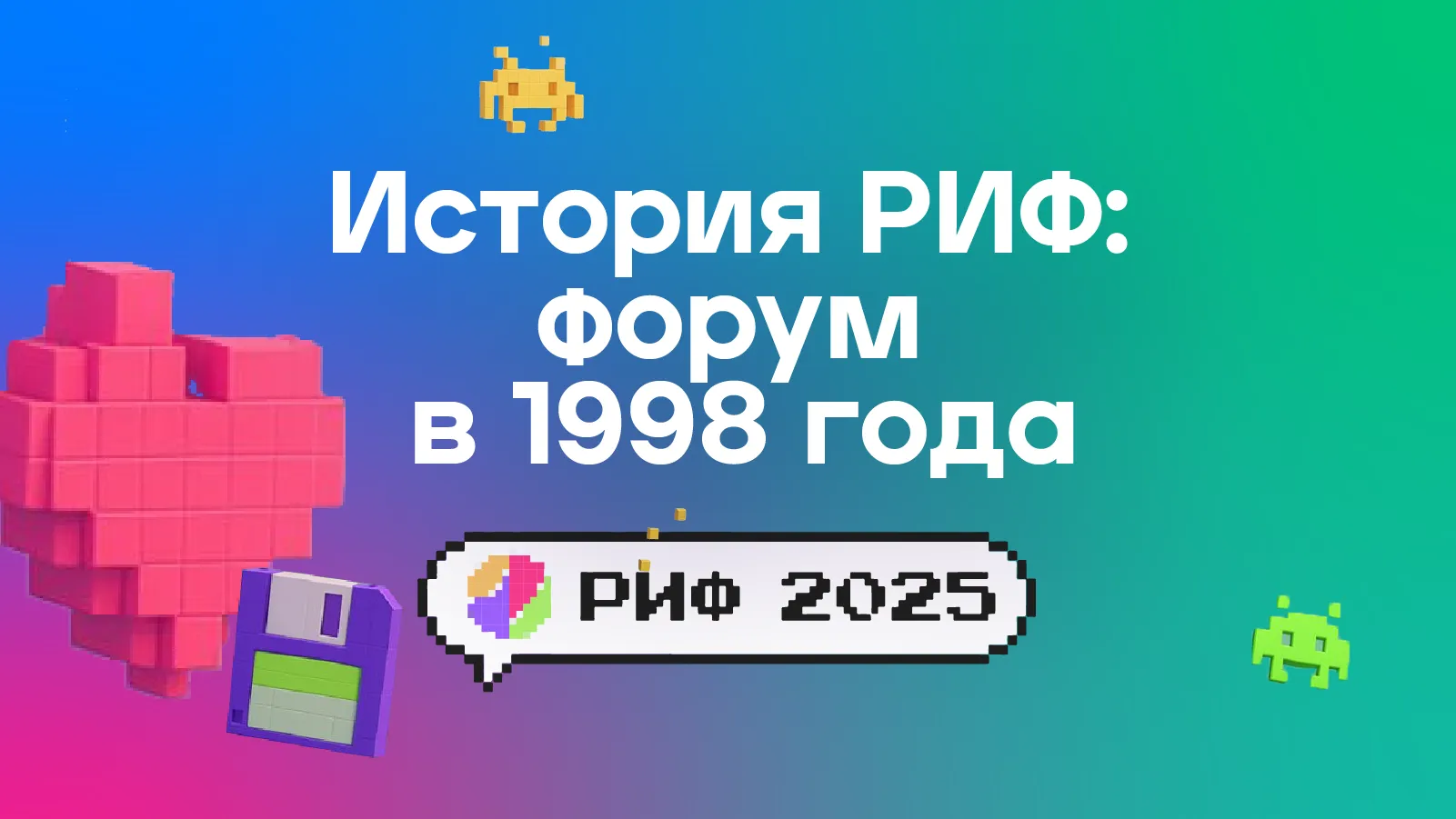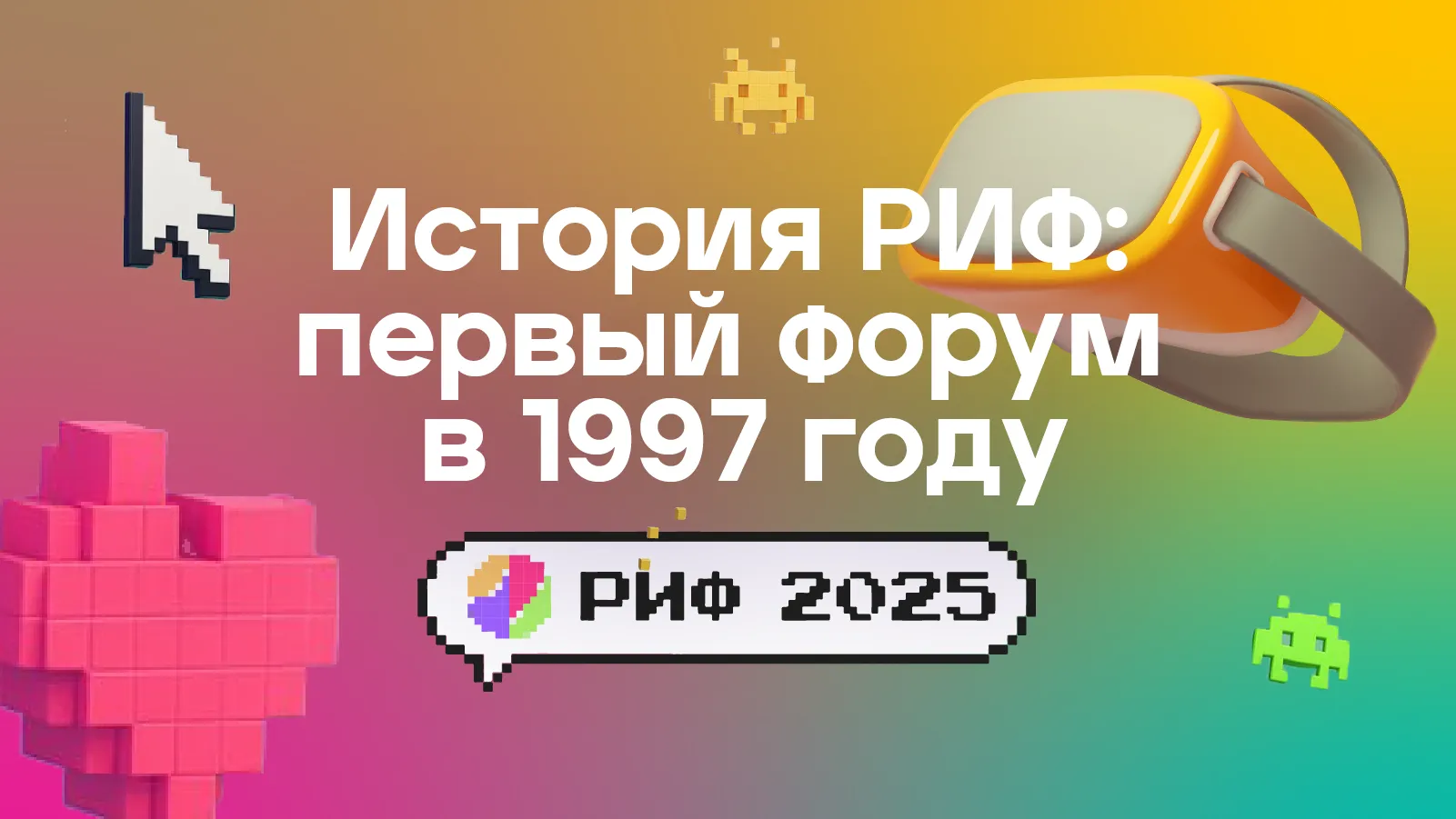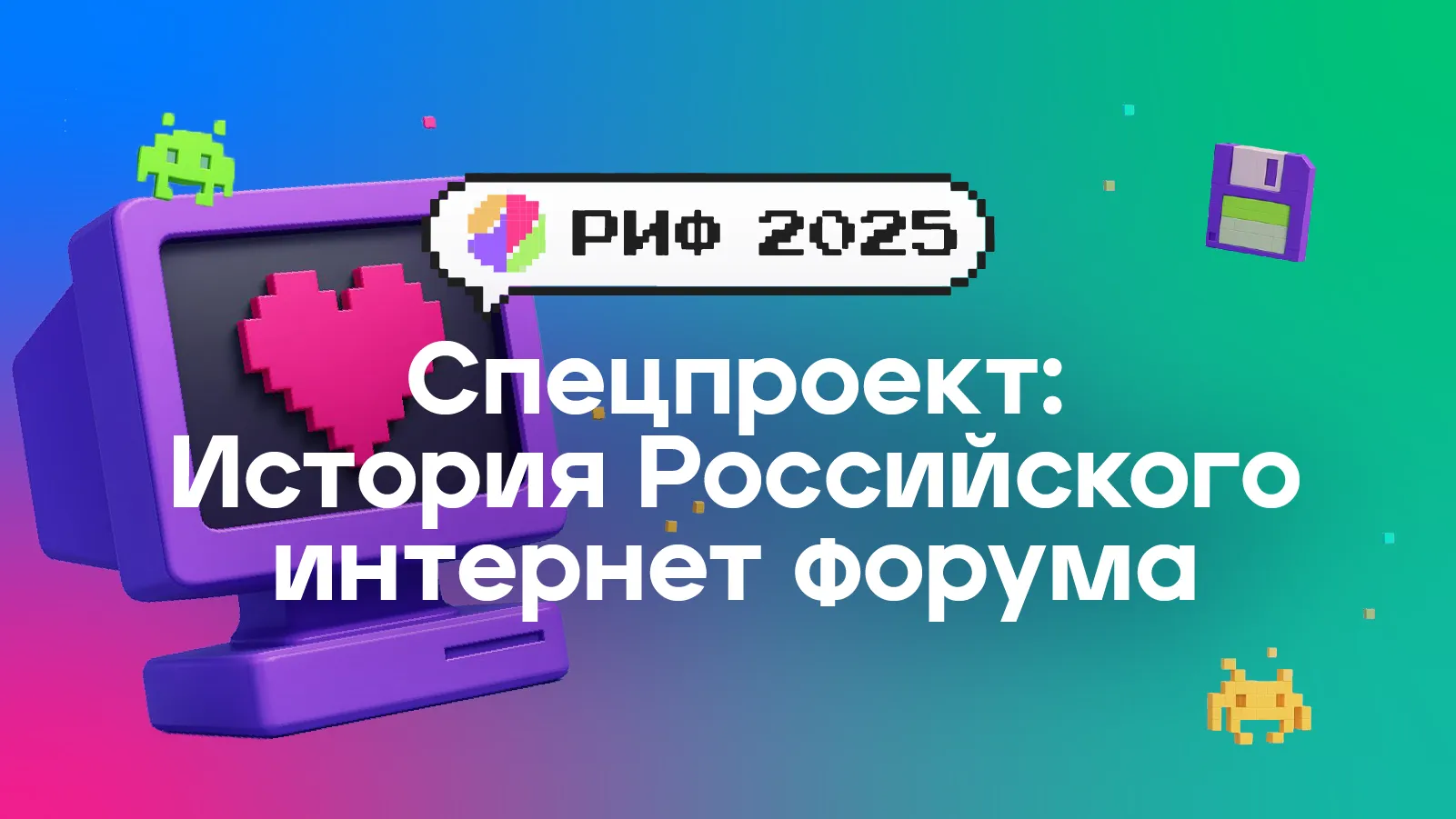Things Are Better Online Than in Real Life
It was only logical that RIF 1999 would serve as a platform for summing up the turbulent year of 1998. Yet the main conclusion—“Things online are better than in real life”—came as a surprise. The third Russian Internet Forum gathered over 450 participants representing about 200 organizations, proving the internet had survived the crisis with unexpected resilience.
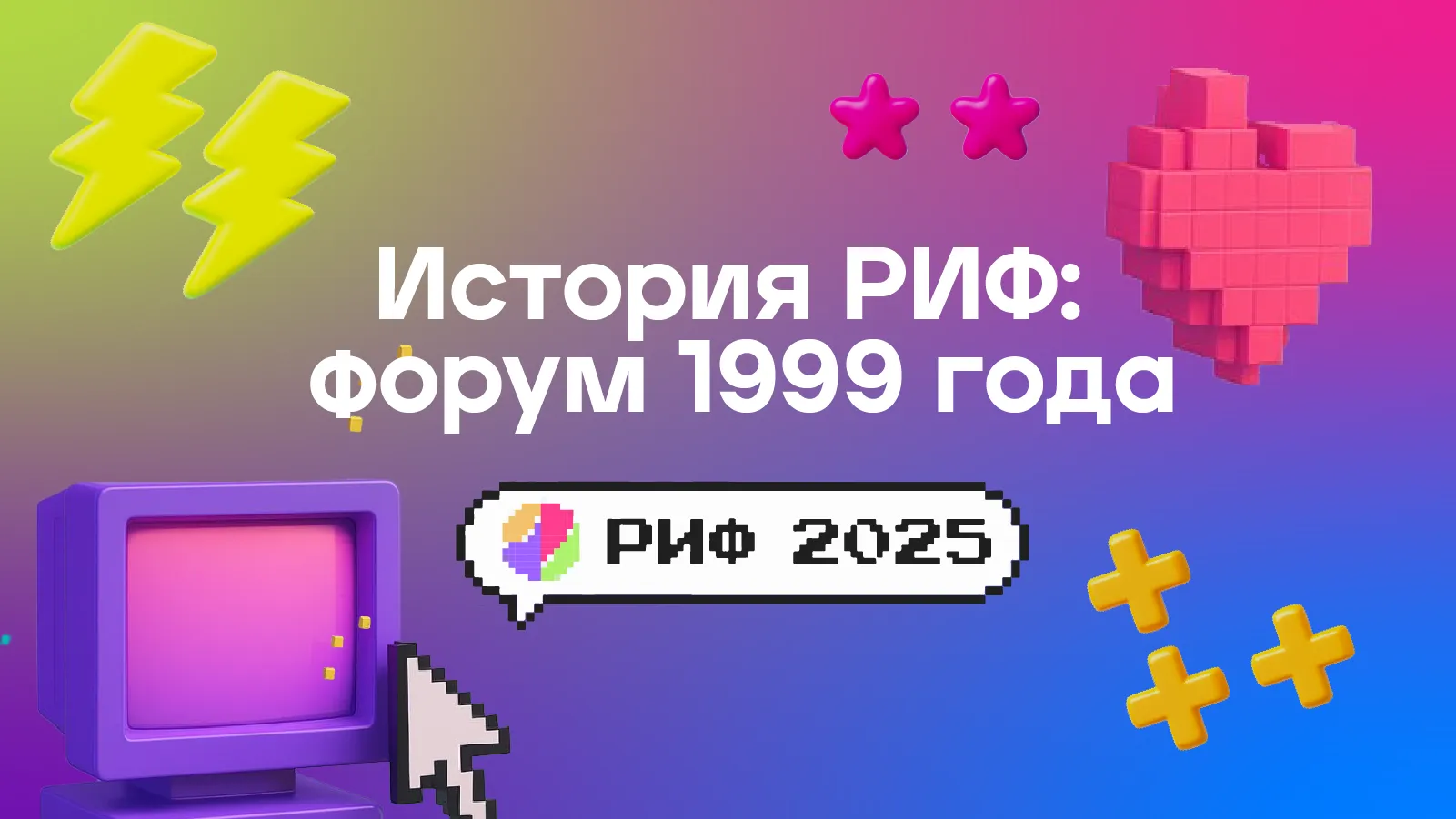
A Demand for Predictions
In just three years, the forum had grown into not only a visible but also a highly anticipated event. Potential attendees knew the dates nearly a year in advance. By then, many technical issues were no longer at the forefront, though topics like subscriber access and multiservice network management still appeared on the agenda.
New priorities emerged: electronic payments, virtual commerce, and investments in Runet. Right at RIF ’99, providers expanded services by offering additional products to attendees and guests. For many, it was eye-opening to discover they could receive banking services at home or work—simply by registering and filling out a form for six months of free service.
Discussions also addressed information security, new opportunities in advertising and marketing, and the changing face of mass media. The 1998 crisis had wiped out many print publications, forcing media to rethink digital formats.
Still, some professionals complained that the forum tackled practical issues but left global questions hanging. How had the crisis affected providers? How had subscriber bases changed in size and quality? Which business models proved most effective? Would falling tariffs bring prices closer to cost? And was any kind of government regulation of the industry on the horizon?
Who Is It For?
Analysts and experts noted the forum’s dual nature as both its strength and weakness. If the event targeted end users, it needed to highlight products and solutions. If it catered to companies, it should focus on industry-level challenges.
Yet RIF managed to strike a balance, becoming a showcase where businesses could meet their customers face-to-face—and vice versa.
That year, the consumer side of the internet was especially visible, while business ambitions often fell short. For instance, the “Investing in Russian Internet Projects” session offered little actual analysis.
In contrast, practical discussions of e-commerce and banking services were robust, filling several plenary sessions and evening panels. The timing was right: since 1998, demand for e-commerce solutions in Russia had skyrocketed, driven not only by cost-cutting but also by the country’s online population surpassing 1.3 million.
Form or Content?
If 1998’s forum focused on access providers, RIF ’99 turned to content. Media of all kinds took the stage: internet portals, news agencies, online libraries, web newspapers, and digital magazines.
In 1999, Runet’s first online newspaper was founded, quickly rising to prominence through its design and concept. Blogs with social features like subscriptions and comments also flourished. LiveJournal became the platform of choice for trolls and thinkers alike, fueling a culture of self-expression and original content.
The crisis also spurred demand for high-quality advertising. Design studios and online agencies thrived as electronic media proved cheaper and more measurable than print campaigns. Meanwhile, legislators were forced to confront intellectual property issues, as Runet swarmed with pirated content, fakes, kompromat, and misinformation.
Tools of the Trade
Theory alone would have bored participants. Luckily, practical proposals abounded as commercial services grew. Several banks introduced secure online bill payment systems, while remote banking shocked attendees still accustomed to waiting in lines.
Companies explored Russian-made software for building complex websites, from online stores to digital communities. Corporate IT staff, tasked with ensuring infrastructure reliability, were introduced to new backup power systems.
Many sessions demanded deep technical knowledge. Explaining the workings of independent committees on internet governance or domain name regulation to casual users proved nearly impossible.
By the end, one goal stood above all: connecting mass users. Strategies varied—from aggressive advertising to state involvement. Key issues included developing infrastructure nationwide, reducing costs of access and devices, promoting the internet in traditional media, advancing delivery services for e-commerce, and rolling out alternative access technologies like radio, cable modems, xDSL, and even power-line communications.
A Forum with Personality
For lighter moments, organizers invited humorists (stand-up comedy was not yet common in Russia) and staged an “Internet feast,” where the toastmaster proclaimed the Charleston the national dance of Runet. Guests eagerly filled the dance floor.
The forum succeeded. Business deals were struck in the halls, and many noted the lower presence of government officials compared to RIF ’98—a factor that, according to participants, boosted the event’s appeal.
The closing anecdote captured the times perfectly: two farmers at a gas station argued about which fertilizer was best, citing web pages as their sources.



